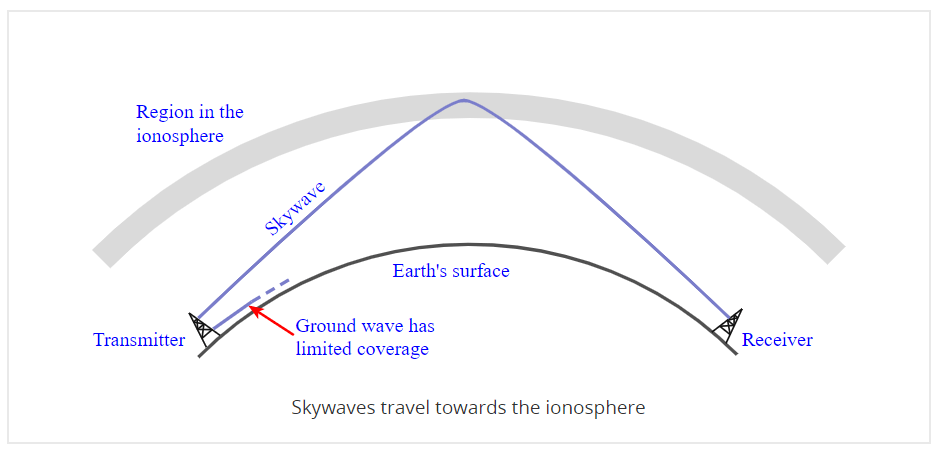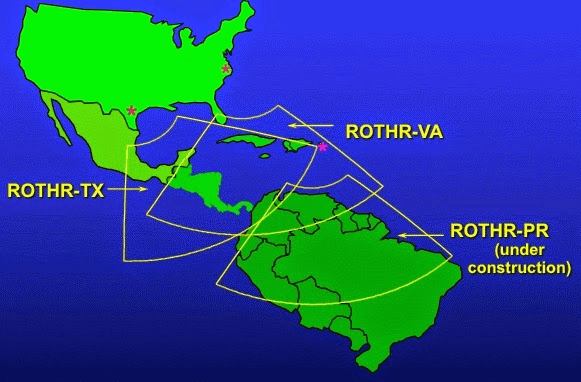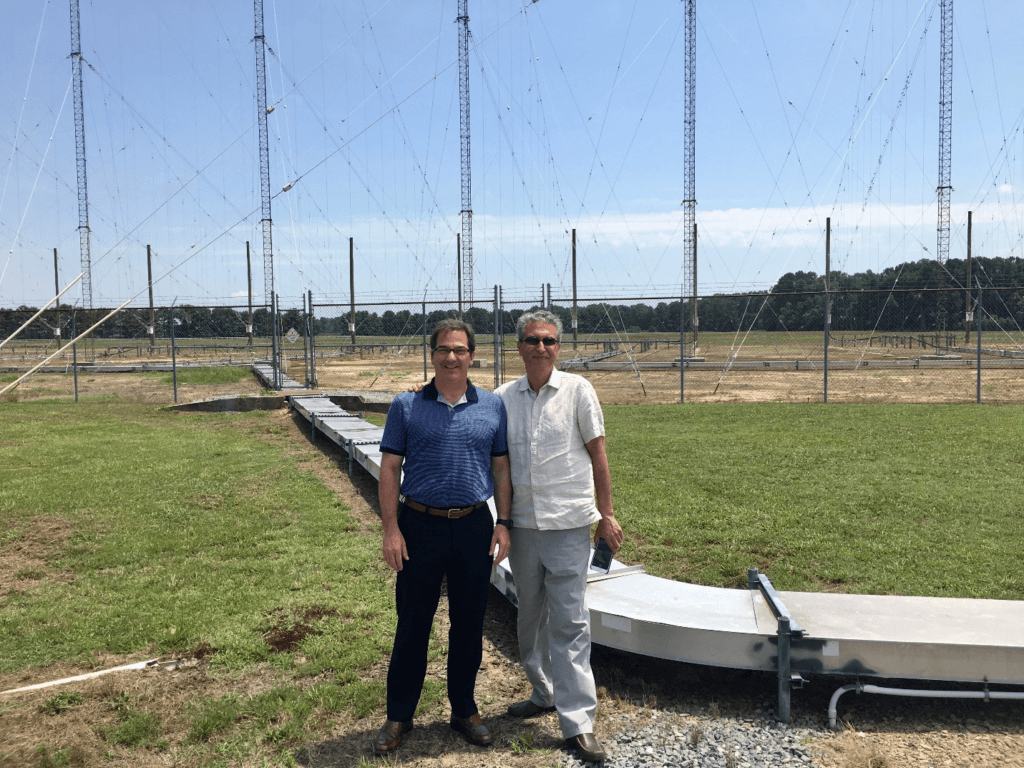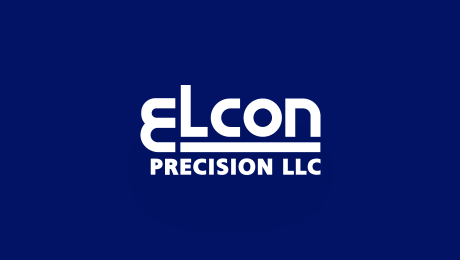Welcome to Elcon Precision’s Blog. In this blog, we will be discussing some interesting applications where Elcon Precision products are used. Our products benefit almost everyone in the USA, though most don’t realize. Our first topic is about an interesting device called Relocatable Over The Horizon Radar (ROTHR).
In the early 1980s, my twin brother Ken and I were teenagers growing up in the San Francisco Bay Area. We were deep into the Citizens Band (CB) radio craze of the time. It was fun, inexpensive, and most of our friends had Amateur Radio (HAM) or CB radios to communicate outside of the phone system and away from parents. To add further perspective, there were no cell phones at the time, most folks had pulse dialing, and computer communication was slow and cumbersome with only dial-up bulletin boards. CB radios were high tech “space” technology to us. Using fundamental antenna calculations from library books, we built our own unique 50-ohm roof-mounted antenna for CB radio transmission and reception. We thought bigger was better, but it needed to be stealth since we did not want our parents to notice. Our ½ wavelength antenna was 13 square meters and had a reasonable SWR of 1.2 (1.0 is ideal), but due to stealth requirements, it was unconventional and somewhat upward facing, at about a 30-degree angle from normal. The fact the antenna faced upward enabled a unique feature we had not planned on using. We quickly learned during some days, not all, we could transmit over 400 miles away clear enough to have a conversation. We frequently chatted with folks in Bodega bay and occasionally with others as far south as Los Angeles. This was incredible since we only had 4 watts of transmitting power. This was termed as talking on a “skip”, or in technical terms, we were bouncing our transmission signal against the ionosphere to extend its transmission range. Figure 1, below, shows how a skip works.

Figure 1. Atmospheric Skipping of Radio Waves
Fast forward now to summer 2017. Out of the blue, Elcon Precision was contacted by the US Navy and a major defense contractor to help them with a project called Relocatable Over The Horizon Radar, or ROTHR. We hadn't heard of ROTHR before, but had the perfect combination of processes needed to build the devices in place (metallization, CNC machining, photochemical etching, hermetic brazing). All we needed to do was adopt a few quirky pieces of specialized equipment from the Jennings Radio factory in San Jose. Jennings Radio was closing, and the Navy needed a reliable supplier for some key ROTHR components. We were happy to help, and Ben Zadeh (General Manager of our Ceramics Products Division) led the project to develop a production line to build the components while Ed Tomasek (Director of New Business Development) handled the commercial side of the project. We were excited to be part of such an important project, honored to be selected as a supplier, and happy to help keep some ex-Jennings staff employed. We even took their 1950’s board room table so it could live on in Elcon's office.
Per the web site Radar Tutorial, ROTHR is a high frequency, tactical, land-based, ionospheric backscatter radar designed to provide a wide area over-the-horizon surveillance of both aircraft and ships in support of tactical forces in locations of national interest. Navy ROTHR covers a 64-degree wedge-shaped area at ranges from 500 to 1,600 nautical miles (925 to 3,000 km). A map or ROTHR coverage can be seen in Figure 2. ROTHR was originally intended to monitor ship and aircraft movement over the Pacific and thus allow coordinated fleet movements well in advance of an engagement. In layman’s terms, ROTHR uses atmospheric skipping to detect incoming threats up to 3000KM from our shores. The same trick Ken and I discovered that enabled us to talk to people far away from home.
There are a few ROTHR installations and the first installation was made in 1991. Public data for them show at least 3 sites, Virginia, Texas, and Puerto Rico. In a ROTHR setup, there are two sites per array for the system to work. The first is a transmit site and the second site, located a few miles away is the receive site. Within the transmit site, there are about 20 large antennas facing towards the area of interest and an additional antenna facing upward to measure ionospheric skipping. There are staffing at both sites 24 hours per day. These sites, and the ROTHR technology, are continuously monitoring our shores to detect distant threats and drug traffickers.

Figure 2. ROTHR Installations and Coverage
I have attached a photo, Figure 3, of Ben Zadeh and I visiting a ROTHR site in Virginia. It is a peaceful location and remarkably close to the home site where George Washington’s mother was born. The team that mans the site there is an incredibly talented set of engineers. We work closely with these folks to make sure the ROTHR site operates reliably 24 hours per day, 7 days per week, protecting the USA from offshore threats. Elcon Precision is a proud supplier of the ROTHR program.

Figure 3. Tim Dyer and Ben Zadeh standing at a ROTHR installation.

